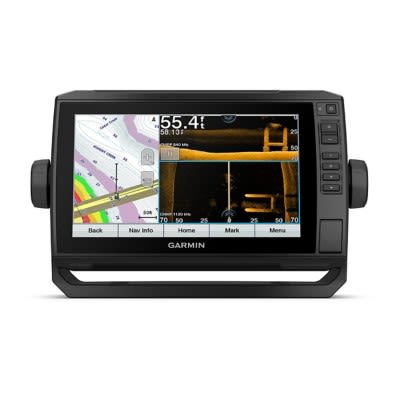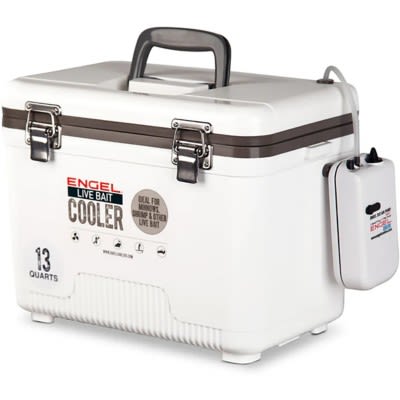Today's Best Fishing Times
Get the best fishing times for Maple Lake with Lake-Link's Fishing Forecast. SEE MORE
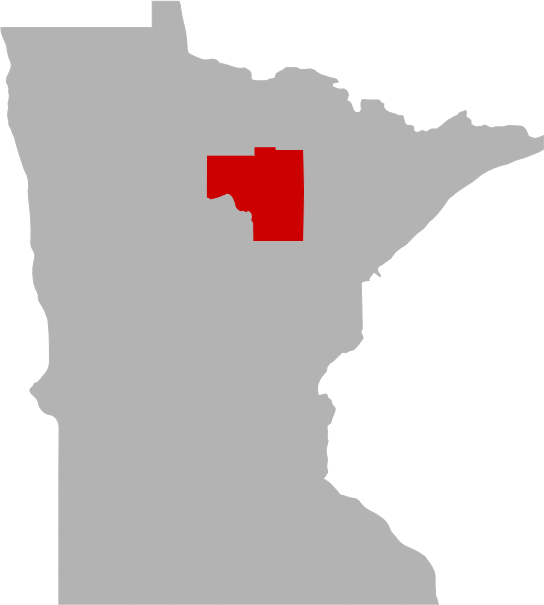
Share your catch!
We want to see what you've caught on Maple Lake.Frequently Asked Questions About Maple Lake, MN
- How big is Maple Lake?
- How deep is Maple Lake?
- What kind of fish can you catch in Maple Lake?
- Are there places to stay in the Maple Lake area?
- Are there boat launches on Maple Lake?
- Are there places to eat and drink near Maple Lake?
- What is the average air temp for Maple Lake?
- Are there any state parks near Maple Lake?
How big is Maple Lake?
How deep is Maple Lake?
What kind of fish can you catch in Maple Lake?
Other fish species in the lake include Banded Killifish, Blackchin Shiner, Bluntnose Minnow, Central Mudminnow, Cisco (Tullibee), Hybrid Sunfish, Iowa Darter, Mottled Sculpin, Tadpole Madtom and White Sucker.
Are there places to stay in the Maple Lake area?
More Lodging Options
Are there boat launches on Maple Lake?
Are there places to eat and drink near Maple Lake?
Explore the Maple Lake area in a RV
Are you looking for an adventurous vacation option that won't break the bank? Look no further than renting an RV! Contrary to popular belief, the process is much simpler than you might imagine. With just a few easy steps, you'll soon be experiencing the ultimate freedom and convenience of exploring the open road in your very own recreational vehicle. And the best part? RV travel can save you up to 60% compared to other types of vacations! With the money you'll save, you'll be able to travel even more and create unforgettable memories along the way. So why wait? Start planning your next adventure today with an RV rental. Learn more about renting a RV.
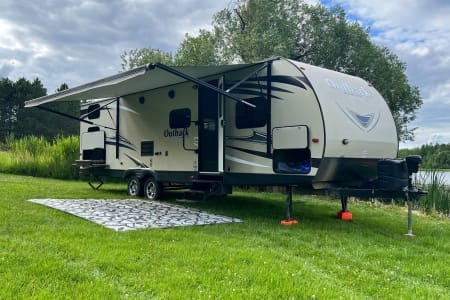
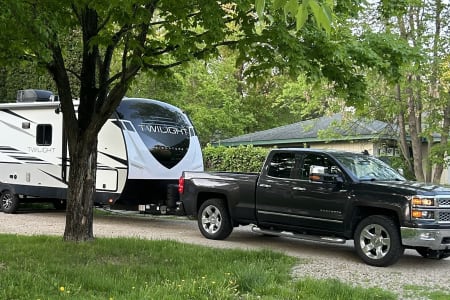
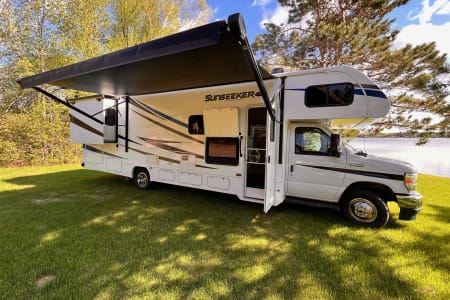
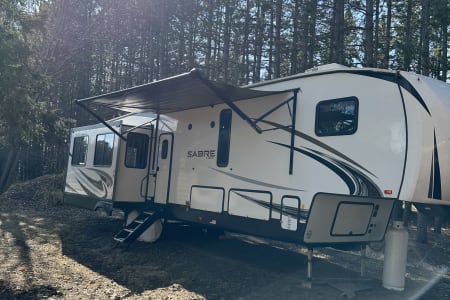
History & Status of the Fishery
Maple Lake is a class 31 lake located in northern Itasca County, north of Marcell, MN. The lake has a concrete public access on the south shore and essentially no shoreline development. The 2005 lake management plan indicates walleye as the primary species of management with bluegill and northern pike as secondary species. The 2012 assessment also included sampling of near shore fish species in order to calculate an Index of Biotic Integrity (IBI) score.
Black crappie catch rates have been low in all assessments and have never exceeded the lake class median for gill nets or trap nets. In 2012, 0.4 fish/net were sampled with trap nets while only one black crappie was sampled with gill nets. The trap net sampled fish ranged from 5.1 to 12.2 inches and had a mean length of 9.5 inches. Age and growth information was not collected in this assessment.
Trap-net catch rates for bluegill have been near the lake class 1st quartile (6.1 fish/net) in all the assessments. The trap-net catch was 10.3 fish/net in 2012. Bluegill sampled by trap nets ranged from 3.2 to 8.1 inches and had a mean length of 4.8 inches. Bluegills sampled in gill nets were larger than those in trap nets, ranging from 3.4 to 9.3 inches and had a mean length of 6.0 inches. Eight age-classes were identified from scales ranging from age 2 to age 10. Age-2 and age-4 fish represented 66% of the sample. Mean back-calculated lengths-at-age were similar to those reported for class 31 lakes for all ages.
Largemouth bass were sampled by spring night electrofishing for the first time in 2012. The catch rate was 24.1 largemouth bass/hr on-time. Largemouth bass ranged from 5.8 to 17.3 inches with a mean length of 10.6 inches. Six year-classes were identified from scales ranging from age 2 to age 9. Growth was similar to the statewide averages for all ages.
Northern pike gill-net catch rates have been fairly stable (5.6 to 9.8 fish/net) since 1973. The northern pike gill-net catch was 8.3 in 2012 which exceeded the lake class median of 6.7 fish/net. The sampled fish ranged from 15.4 to 40.4 inches and had a mean length of 20.1 inches. All but one fish were less than 27 inches long. Northern pike were not aged in this assessment.
Walleye catch rates have generally been stable ranging from 2.5 to 5.8 since 1973. In 2012, the catch was 4.5 fish/net. The 2012 catch exceeded the management goal of 4.0/net and was near the 3rd quartile value of 5.0 fish/gill net for class 31 lakes. The sampled fish ranged from 9.8 to 26.0 inches and had a mean length of 18.0 inches. Ten year-classes from age 1 to 10 were identified from scales, opercles, and otoliths. Growth was similar to statewide averages for all ages. Walleye averaged 15.8 inches at age 4.
Yellow perch gill-net catch rates were the lowest on record. The catch was 1.7 fish/gill net, which is below the lake class 1st quartile value of 3.4 fish/net. The sampled fish ranged from 5.6 to 6.7 inches and had a mean length of 6.0 inches. Age and growth information was not collected. Lower yellow perch numbers may in part be in response to more consistent walleye stocking in the last six years.
Tullibee can be difficult to sample with our standard summer sampling gear because they often are suspended over deep water. The tullibee catches have ranged from 3.8 to 12.5 fish/gill net prior to 2012. The catch was the lowest on record at just 0.8 fish/gill net in 2012. The sampled fish ranged from 7.9 to 17.8 inches and had a mean length of 12.5 inches.
Other species observed during the population assessment included bowfin, brown bullhead, hybrid sunfish, pumpkinseed sunfish, rock bass, white sucker, and yellow bullhead. Additional species observed during IBI sampling included banded killifish, blackchin shiner, bluntnose minnow, central mudminnow, Iowa darter, mottled sculpin, and tadpole madtom.
In order to maintain or improve fish and wildlife populations, water quality and habitat must be protected. People often associate water quality problems with large-scale agricultural, forestry, urban development or industrial practices in the watershed. In reality, the impact of land use decisions on one lake lot may be relatively small, yet the cumulative impact of those decisions on many lake lots can result in a significant decline in water quality and habitat. For example, removing shoreline and aquatic vegetation, fertilizing lawns, mowing to the water's edge, installing beach sand blankets, failing septic systems and uncontrolled run-off, all contribute excess nutrients and sediment which degrade water quality and habitat. Understanding these cumulative impacts and taking steps to avoid or minimize them will help to insure our quality fisheries can be enjoyed by future generations.
What is the average air temp for Maple Lake?
Are there any state parks near Maple Lake?
For more Minnesota State Park information see our State Park Guide.
More Nearby Lakes To Explore
There's more lake's to explore around Maple Lake...| DISTANCE | ACRES | MAX DEPTH | |
| Grass Lake | 0.9 mi | 120 | 54 ft |
| Bello Lake | 1.3 mi | 527 | 58 ft |
| Turtle Lake | 1.5 mi | 2,126 | 137 ft |
| Hatch Lake | 1.6 mi | 226 | 88 ft |
| Horseshoe Lake | 1.9 mi | 260 | 25 ft |
| Twin Lake | 2.4 mi | 133 | 35 ft |
| Big Rose Lake | 2.9 mi | 73 | 25 ft |
| Lundeen Lake | 2.9 mi | 85 | 30 ft |
| Little Too Much Lake | 3.0 mi | 79 | 60 ft |
| Big Too Much Lake | 3.1 mi | 292 | 95 ft |






